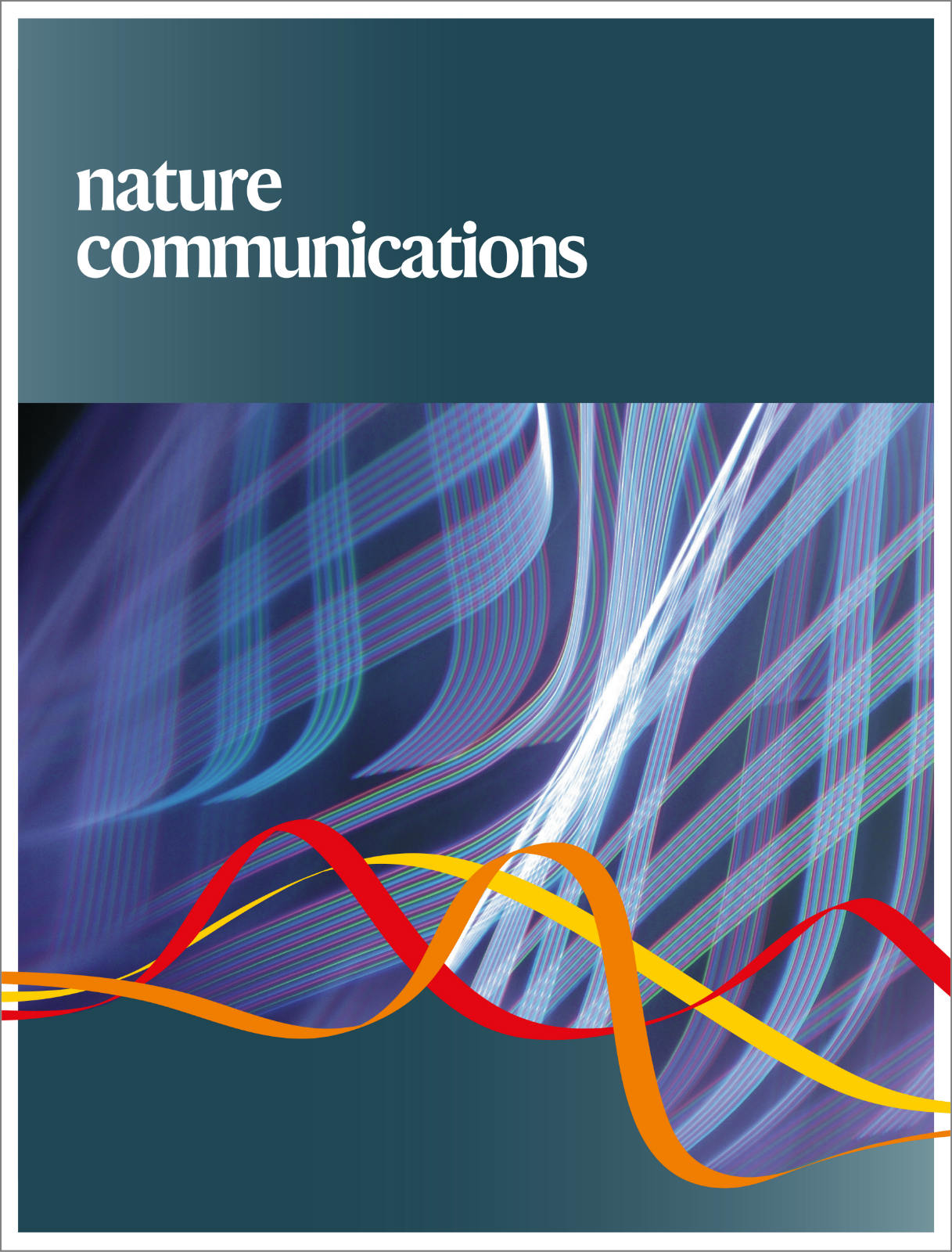Natural variation of an E3 ubiquitin ligase encoding gene Chalk9 regulates grain chalkiness in rice.
IF 15.7
1区 综合性期刊
Q1 MULTIDISCIPLINARY SCIENCES
引用次数: 0
Abstract
Grain chalkiness is an undesirable trait affecting rice quality, concerning both consumers and breeders. However, the genetic mechanisms underlying rice chalkiness remain largely elusive. Here, we identify Chalk9 as a major gene associated with grain chalkiness in a natural population. Chalk9 encodes an E3 ubiquitin ligase that targets OsEBP89 for its ubiquitination and degradation. Low expression of Chalk9 results in excessive accumulation of OsEBP89, disrupting the homeostasis of storage components and leading to the chalkiness phenotype. A 64-bp insertion/deletion in the Chalk9 promoter contributes to its differential transcriptional levels, thus causing chalkiness variation among rice varieties. Moreover, the elite allele Chalk9-L reduces grain chalkiness, without compromising yield. Chalk9-L is strongly selected in japonica but exhibits a complex evolutionary trajectory in indica. Our findings reveal the molecular and genetic mechanisms underlying chalkiness and provide a potential strategy for breeding rice varieties with improved quality.E3泛素连接酶编码基因Chalk9的自然变异调控水稻籽粒垩白度。
稻米垩白是影响稻米品质的不良性状,对消费者和育种者都有影响。然而,水稻垩白的遗传机制在很大程度上仍然难以捉摸。在这里,我们确定了在一个自然群体中垩白是与谷物垩白相关的主要基因。Chalk9编码E3泛素连接酶,靶向OsEBP89泛素化和降解。Chalk9的低表达导致OsEBP89的过度积累,破坏储存成分的稳态,导致垩白表型。Chalk9启动子中64 bp的插入/缺失导致其转录水平的差异,从而导致水稻品种间垩白度的差异。此外,精英等位基因Chalk9-L在不影响产量的情况下降低了籽粒垩白度。垩- 9- l在粳稻中被强烈选择,但在籼稻中表现出复杂的进化轨迹。本研究结果揭示了水稻垩白的分子和遗传机制,为水稻品质改良品种的选育提供了潜在的策略。
本文章由计算机程序翻译,如有差异,请以英文原文为准。
求助全文
约1分钟内获得全文
求助全文
来源期刊

Nature Communications
Biological Science Disciplines-
CiteScore
24.90
自引率
2.40%
发文量
6928
审稿时长
3.7 months
期刊介绍:
Nature Communications, an open-access journal, publishes high-quality research spanning all areas of the natural sciences. Papers featured in the journal showcase significant advances relevant to specialists in each respective field. With a 2-year impact factor of 16.6 (2022) and a median time of 8 days from submission to the first editorial decision, Nature Communications is committed to rapid dissemination of research findings. As a multidisciplinary journal, it welcomes contributions from biological, health, physical, chemical, Earth, social, mathematical, applied, and engineering sciences, aiming to highlight important breakthroughs within each domain.
 求助内容:
求助内容: 应助结果提醒方式:
应助结果提醒方式:


